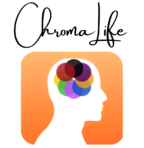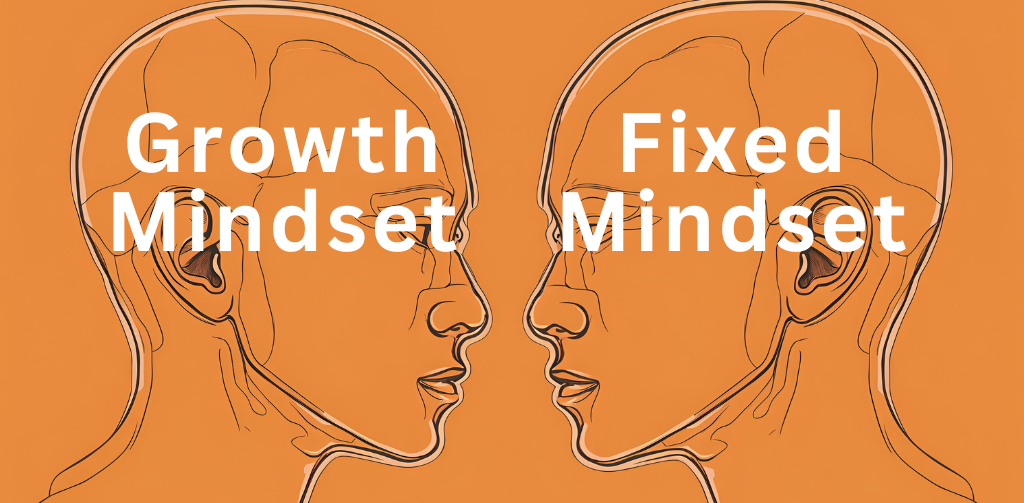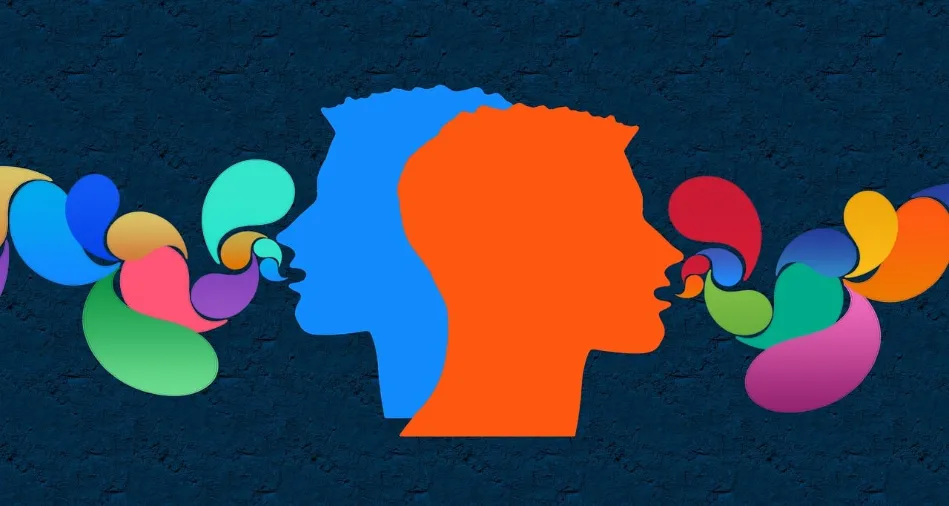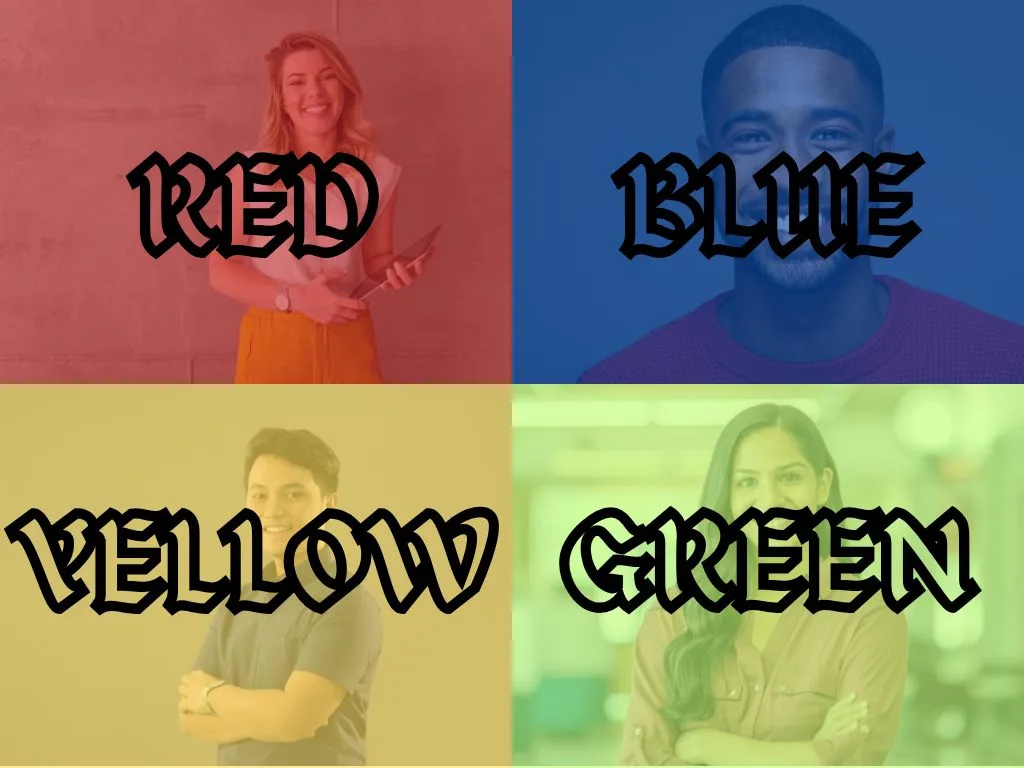[read-time]

The Domino Effect in psychology refers to the cascading impact of one behavior, thought, or action leading to a chain reaction of subsequent related outcomes.
Key Components:
- Trigger and Cascade
- Initial Action: One small, manageable change acts as the trigger
- Chain Reaction: This initial change creates momentum that naturally leads to related positive (or negative) changes
- Momentum Building: Each subsequent change becomes easier as new neural pathways strengthen
- Psychological Mechanisms:
- Behavioral Activation: Success in one area increases motivation and confidence
- Identity Shift: Small wins lead to viewing oneself differently
- Habit Formation: Initial changes create new routines that become automatic
- Self-Efficacy: Accomplishments increase belief in one’s ability to change
- Common Applications:
Positive Examples:
- Making your bed in the morning leading to better overall organization
- Regular exercise leading to improved diet choices
- Meditation practice leading to better emotional regulation
- Reading for 10 minutes daily leading to increased learning habits
Negative Examples:
- Skipping one workout leading to abandoned fitness goals
- One unhealthy meal triggering poor eating patterns
- Procrastinating on small tasks leading to larger delays
- Missing sleep creating a cascade of poor decisions
- Practical Implementation:
For Personal Development:
- Start with small, achievable changes
- Focus on keystone habits that naturally support other positive behaviors
- Build on existing routines rather than creating entirely new ones
- Celebrate small wins to reinforce the positive cascade
For Behavior Change:
- Identify trigger points that can initiate positive chains
- Create supportive environments that facilitate desired behaviors
- Plan for potential negative cascades and how to interrupt them
- Use visual tracking to maintain awareness of progress
- Scientific Basis:
The effect is supported by research in:
- Neuroplasticity: Brain pathways strengthen with repeated behaviors
- Habit Formation: Actions become automatic through repetition
- Motivation Psychology: Success breeds success through increased confidence
- Social Cognitive Theory: Small wins build self-efficacy
Understanding and leveraging the Domino Effect can be a powerful tool in personal development and behavior change, as it allows us to focus on manageable initial changes that can lead to significant life improvements through natural progression.
In answering and taking action on at least one of the following profound questions, you can change the trajectory of your life. Take some time to consider the below questions. Have a pen and paper at hand to write down your answers. Guidance is provided below on what steps to take after you have responded to each question.
Nine Transformative Questions to Guide Your Journey
Reflective questions serve as powerful tools for introspection, encouraging individuals to contemplate their personal growth and professional growth. Below are nine transformative questions designed to guide your self-discovery journey, coupled with insights on their significance. Each question prompts thought that contributes to a deeper understanding of one’s personality color traits and the underlying motivations in life.
1. What are my core values? Understanding personal values is crucial for aligning your life with what truly matters. Reflecting on this question can clarify your priorities, enhancing decision-making in both personal and professional contexts.
2. What are my greatest strengths and weaknesses? Identifying your strengths facilitates personal and professional growth, while acknowledging weaknesses allows for targeted self-improvement. This knowledge can inform future choices, from career paths to relationships.
3. What am I passionate about? Passion fuels motivation and inspires action. Exploring this question encourages you to engage in activities that promote happiness and fulfillment, essential aspects of personal growth.
4. How do I define success? Success is subjective, and defining it on your terms leads to a more meaningful life. This understanding can effectively shape your goals, ensuring they resonate with your true self.
5. What fears hold me back? Confronting fears is vital for overcoming obstacles that inhibit personal and professional advancement. Awareness of these fears can empower steps toward liberation and growth.
6. What am I grateful for? Practicing gratitude fosters a positive mindset, contributing to emotional well-being. Reflecting on gratitude helps cultivate mindfulness, enhancing personal growth.
7. What legacy do I wish to leave? Considering the legacy you desire can motivate you to make decisions aligned with your long-term vision. This exploration deepens the understanding of your impact on others, reinforcing personal values.
8. How do I handle setbacks? Resilience is an essential trait for growth. Reflecting on this question can uncover coping mechanisms and promote strategies to bounce back stronger from adversity.
9. What steps can I take today to align with my goals? This forward-thinking question encourages action. By identifying actionable steps, you enhance pacing toward your aspirations while ensuring consistent personal growth.
Engaging with our personality color traits test can also illuminate aspects of self that may aid in answering these profound questions.
Creating Your Action Plan: From Answers to Actions
After reflecting on the questions posed for personal and professional growth, the next step is to translate these reflections into a structured action plan. This process involves prioritizing your insights and setting actionable goals that are aligned with your personal values and aspirations. By doing this you are commencing with the domino effect of change. Begin by reviewing your reflections, identifying recurring themes or insights, and categorizing them into manageable segments associated with personal and professional development. Utilizing a framework, such as the SMART criteria (Specific, Measurable, Achievable, Relevant, Time-bound), can facilitate effective goal setting.
Once you have established your priorities, the next phase is to convert these insights into specific, actionable steps. Break larger goals into smaller, consistent actions that can be easily integrated into your daily routine. This not only enhances feasibility but also fosters a sense of accomplishment as each small step is completed. For instance, if your reflection reveals a desire to enhance your professional skill set, you might set a goal to enroll in an online course or allocate time each week to learn a new concept related to your field. Tracking your progress is essential; consider utilizing productivity tools or applications that can help maintain accountability and motivation.
Moreover, it’s vital to remain adaptable throughout this process. As you progress, your personal growth journey may reveal new insights, prompting you to reassess and refine your goals regularly. Adjusting your action plan based on these insights will not only support ongoing development but also ensure alignment with your evolving personality color traits and objectives. Remember, the key to the domino effect and sustainable growth lies in consistent practice, reflection, and realignment of your goals. In conclusion, by systematically organizing your reflections and setting actionable goals, you can effectively nurture both your personal and professional growth, unlocking your potential for a more meaningful life.
Enhancing Your Journey with Personality Color Traits
In the pursuit of personal growth and professional growth, understanding various facets of one’s personality is crucial. One effective way to gain insight into your individual strengths and tendencies is by taking a personality color traits test. These assessments categorize personality characteristics based on colors, providing a unique perspective on how different traits influence behavior, decision-making, and interpersonal relationships. For instance, individuals identified with a strong blue personality often exhibit traits such as empathy and reliability, while those with a red personality may be characterized by their assertiveness and leadership abilities.
Engaging in personality color assessments not only fosters greater self-awareness but also empowers you to make informed choices in your life and career. By identifying your dominant personality traits, you can tailor your personal development efforts to align with your natural tendencies, making the journey of self-improvement more effective and enjoyable. This understanding can streamline your decision-making processes, allowing you to focus on opportunities that resonate with your strengths.
Additionally, acknowledging your personality color traits can improve your interactions with others. By recognizing how differing traits affect communication styles and relationship dynamics, you can develop more effective strategies for collaboration, teamwork, and conflict resolution. This knowledge is invaluable, particularly in professional settings where adaptability and understanding of colleagues are paramount.
To begin this enlightening process, consider taking a personality traits test and exploring related articles on the topic. A variety of resources are available online to help you unravel the nuances of your personality and how they relate to your personal and professional growth. Engaging in this reflective practice will not only enhance self-awareness but also provide a solid foundation for deeper transformation.














